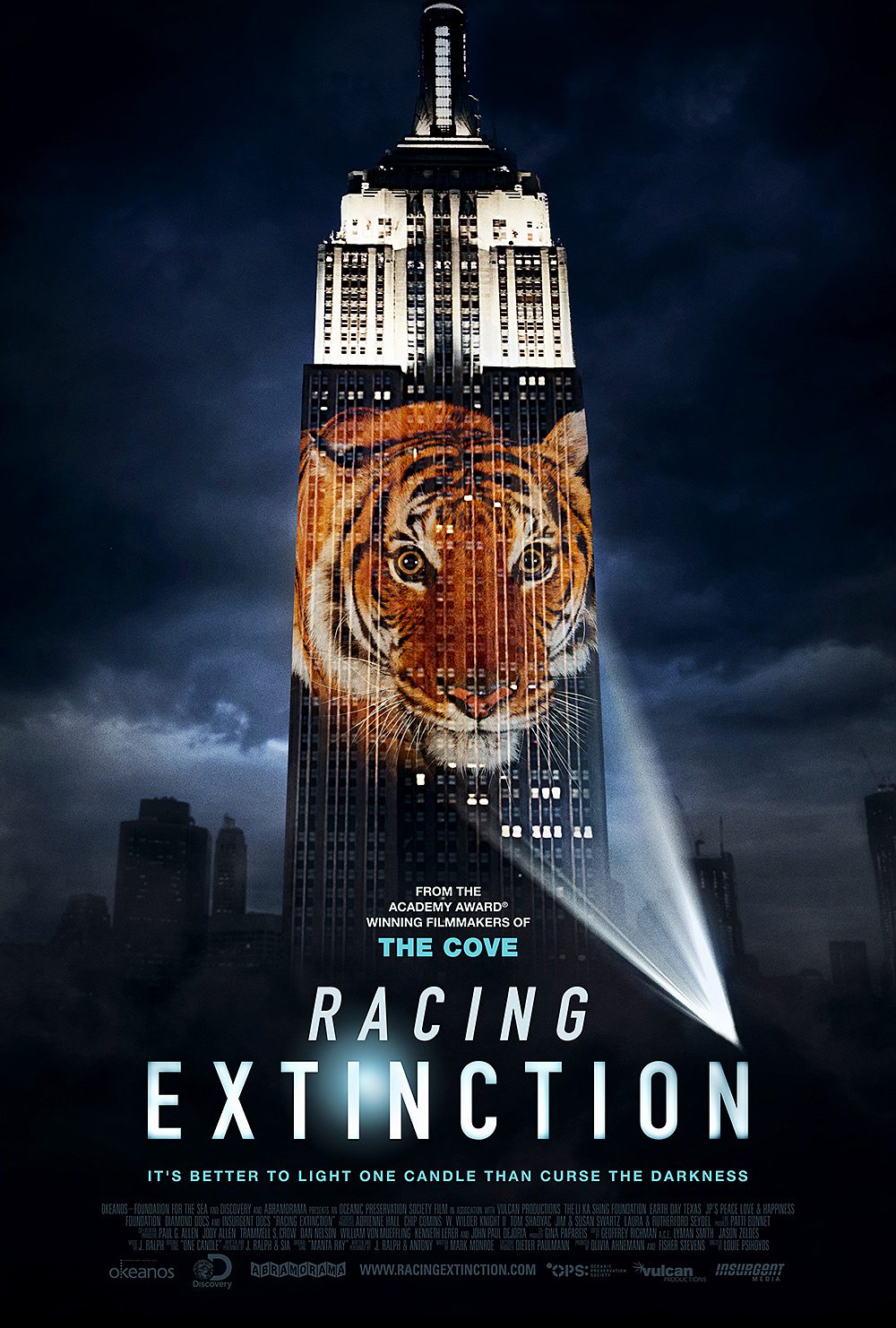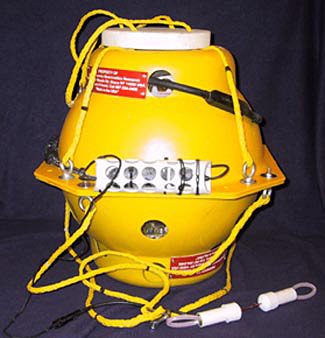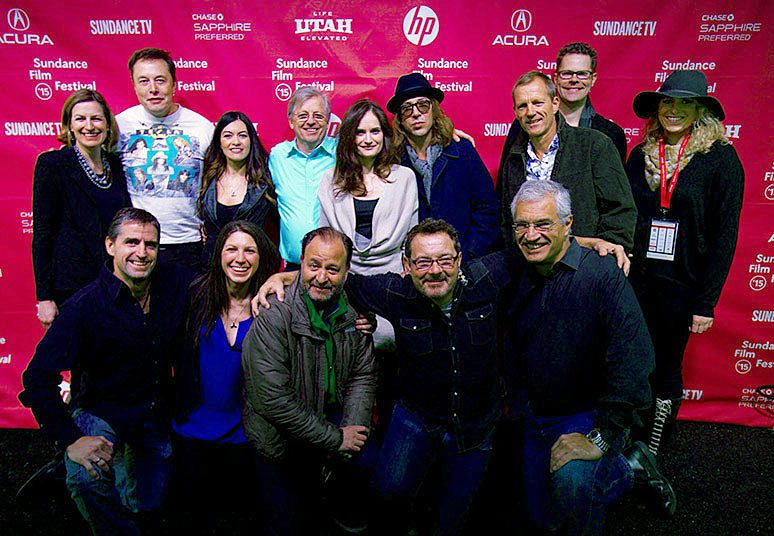New Documentary Is A Wake-Up Call About The Tidal Wave Of Extinctions
By Pat Leonard
November 25, 2015
The voice of Cornell’s Dr. Christopher Clark is among the first you’ll hear when the documentary Racing Extinction airs worldwide on December 2. The film is a fast-paced exposé of illegal wildlife trafficking and the devastating ripple effects of fossil-fuel dependence, all of which leads to one conclusion—that humans are destroying the planet—and the clock is ticking.
Clark, a senior scientist in the Cornell Lab’s Bioacoustics Research Program (BRP), embraces the film’s message. He traces his participation in the film to a serendipitous event. A BRP underwater recording device that Clark refers to as a “pop-up,” went missing. It had been tethered to the ocean floor, recording the voices of whales, and was supposed to “pop up” to the surface so its data could be retrieved and analyzed. But this particular unit, anchored off the coast of South Carolina, broke loose early. It crossed the Atlantic and circled back, eventually washing up on a beach in Hispaniola, draped with seaweed. The man who found it was Academy Award-winning filmmaker Louie Psihoyos (director of The Cove).
“There’s a little tag on the unit that offers a $500 reward for its return and gives the Lab’s address,” Clark explains. “Louie brought it back to the United States. At that time, I didn’t even know who he was.”
Psihoyos was already at work on a film about the health of the oceans and South Pacific island culture. The director’s focus shifted after Clark introduced him to the problems of noise pollution in the oceans, the likely impacts on whales, and ongoing efforts to conserve marine life–a necessity further underscored by the massive BP oil spill in the Gulf of Mexico that occurred in 2010. Psihoyos later broadened his perspective even further to include the notion of the Anthropocene, the sixth great extinction.
Over time, the documentary took shape around two main themes: the catastrophic consequences to the planet from our use of fossil fuels and the loss of species as a result of climate change and illegal trafficking—everything from whales and sharks to elephants, tigers, and birds. Psihoyos calls this the biggest story ever told and the biggest rescue ever attempted.
“Scientists predict that humanity’s footprint on the planet may cause the loss of 50% of all species by the end of the century,” the director says on the film website. “Our era is called the Anthropocene, or ‘Age of Man,’ because evidence shows that humanity has sparked a cataclysmic change in the world’s natural environment and animal life. Yet, we are the only ones who can stop the change we have created.”

But in order to stop the catastrophic changes resulting from human activity, massive numbers of people need to get the message and feel the urgency to act.
“The problem is so big that we have to engage, not a million people, not 10 million people–we have to get to billions of people,” says Clark. “We have to tell the story in common-sense words so that your grandson who is 5 years old can understand it, or your mother who is 88 years old can understand it. It really has to do with our responsibility to life on this planet. And you have to give people hope because what’s happening to the Earth is about all of us—we’re all in this.”
One scene in the documentary shows Clark and Psihoyos in the sound studio at the Macaulay Library at the Cornell Lab of Ornithology. They are listening to one of the library’s recordings of the Kauai O’o, a male calling for a mate who will never answer because he’s the last of his kind. Clark says, “I compare the world’s sounds to a symphony. Little by little, one by one, the musical instruments—in this case species—are being removed, driven to extinction. And then you end up with…empty silence.”

The takeaway message is about personal change, Clark says. He believes changing the world will only be possible from the grass roots upward.
“I’m passionate about getting people to understand that our carbon footprint is unsustainable,” Clark says. “Racing Extinction offers a series of recommendations about what we as individuals can do to try to slow down the tidal wave of extinction, whether it’s skipping meat for a day, or switching to a greener source of energy. Science is important but it’s not the answer. The answer lies in human behavior.”
For Clark, Psihoyos, and the documentary team, that wandering “pop-up” became a message in a bottle. It remains to be seen if humanity will heed the message and take action.
“There are two choices. Give up, or don’t give up,” Clark says. “And I’m not giving up. I have to believe that we as a species can make changes, otherwise we’re the ones who are going to be extinct.”
Racing Extinction is available to stream on iTunes, and Amazon. You can also learn how to host a showing.

All About Birds
is a free resource
Available for everyone,
funded by donors like you
American Kestrel by Blair Dudeck / Macaulay Library
